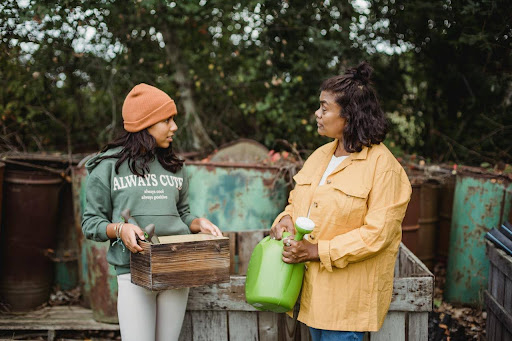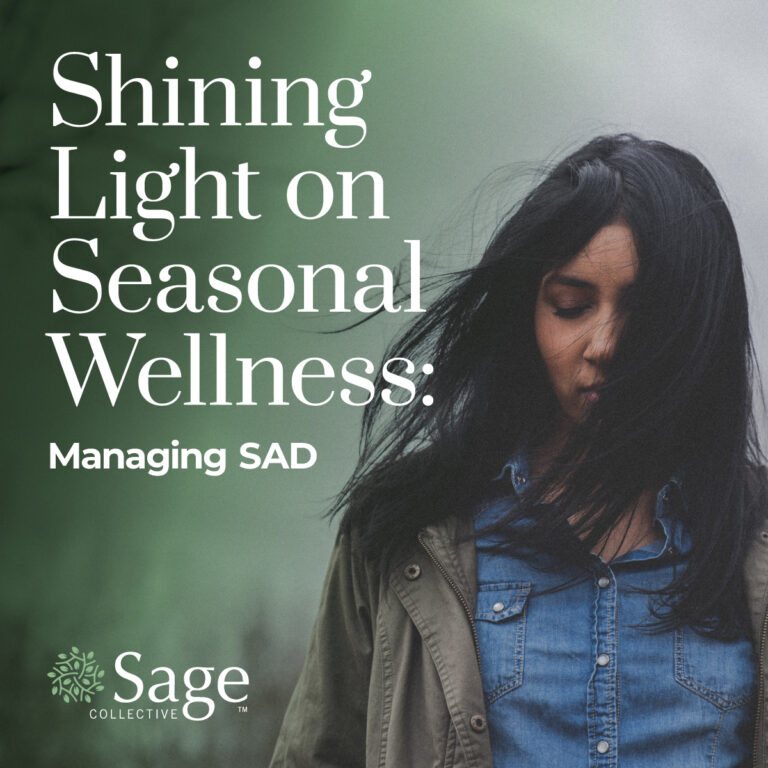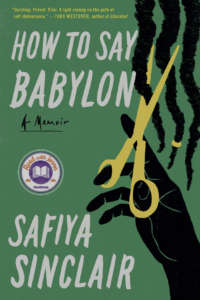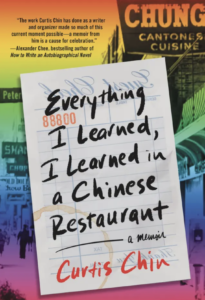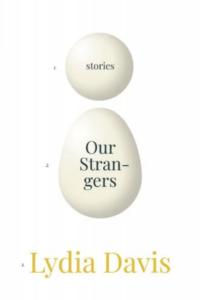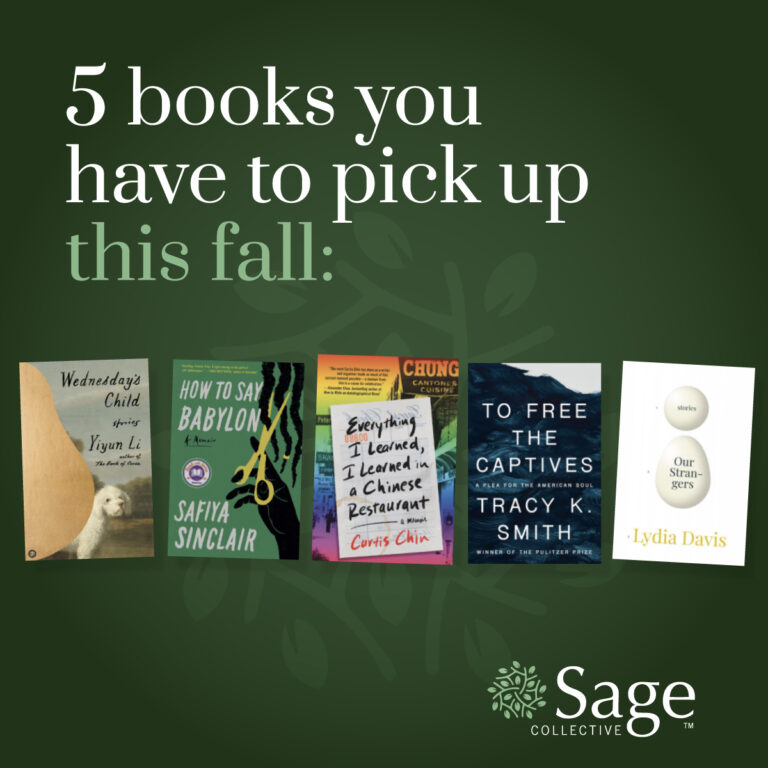Celebrating National Hobby Month: Rediscovering Passion and Purpose
As we settle into National Hobby Month, it’s a wonderful time for us at Sage Collective to reflect on the joys and benefits that hobbies bring into our lives, particularly in our later years. Hobbies, whether old passions revisited or new interests explored, are not just leisure activities; they are vital components of vibrant living.
Many of us have hobbies that we once cherished but set aside due to the demands of career or family. National Hobby Month offers the perfect opportunity to reignite those past passions. It could be picking up a paintbrush after years, strumming a guitar, or dusting off a collection. These activities are more than just nostalgic; they reconnect us with parts of ourselves that we may have forgotten and provide a deep sense of fulfillment.
Exploring new hobbies is equally exciting. It’s about stepping out of our comfort zones and embracing the thrill of learning. Consider diving into activities like birdwatching or joyspotting, which connects us with nature, or photography, capturing moments and scenes that speak to us. These hobbies aren’t just pastimes; they’re gateways to new experiences and knowledge.
The link between hobbies and wellness is undeniable. Activities like gardening offer both physical exercise and the satisfaction of nurturing life. Creative pursuits like knitting or quilting can be meditative and relaxing. Engaging in such hobbies helps maintain mental agility and emotional balance, key aspects of our overall health.
Hobbies have the power to bring people together. Joining a book club, a walking group, or a cooking class opens avenues for socialization and community building.These shared interests foster connections, combat loneliness, and enrich our social lives. They remind us that at any stage of life, we can find kindred spirits and form meaningful relationships.
One of the beautiful aspects of hobbies is their role in lifelong learning. Whether it’s mastering a new recipe, learning to play a musical instrument, or speaking a new language, each hobby challenges our minds and keeps us intellectually engaged. This continual learning process is a cornerstone of vibrant living, keeping our minds sharp and spirits high.
As we celebrate National Hobby Month, let’s embrace the various ways in which hobbies enrich our lives. They are not just activities to pass time; they are pathways to joy, wellness, and deeper connections. This month, we encourage you to revisit an old hobby or embark on a new journey of discovery. Remember, each hobby you engage in is a testament to your ever-evolving story and a celebration of your zest for life.
